- Empty cart.
- Continue Shopping
Kottoorkonam (Mango)
Original price was: ₹700.00.₹475.00Current price is: ₹475.00.
Genus : Philippine Mangoes
“The Kottoorkonam Mango Plant allows you to grow and enjoy the unique flavors of Kottoorkonam mangoes in your own backyard. With its juicy and aromatic fruit, this plant brings the essence of Kottoorkonam mangoes to your home. Start your own mango orchard today.”
Kottoorkonam (Mango) known worldwide for their delicious taste, rich aroma, and unique flavors. Mangoes are widely grown in India,
- Tree Size: Indian mango trees can vary in size, depending on the cultivar and growing conditions. They can range from small to large trees, typically reaching heights of 20-40 feet or more. The trees have a dense and spreading canopy with a rounded or oval shape, and the trunk can be thick and sturdy.
- Leaves: The leaves of Indian mango trees are simple, alternate, and evergreen, with a glossy texture. They are usually oblong or lanceolate in shape, and the size can vary depending on the cultivar. The leaves are typically dark green in color, providing a lush backdrop for the colorful fruits.
- Flowers: Mango trees produce small, fragrant flowers that are typically yellowish-white or pale pink in color. The flowers are borne in large terminal panicles or clusters, and they are usually bisexual, containing both male and female reproductive organs. The flowers are pollinated by insects, such as bees and flies, and they eventually develop into fruits.
- Fruits: The fruits of Indian mango trees are the highlight of this fruit plant. Mangoes are generally drupes that come in various shapes, sizes, and colors, depending on the cultivar. The skin of the fruits can be smooth or rough, and the color can range from green to yellow to red, depending on the maturity and variety of the fruit. The flesh inside the fruit is typically juicy, sweet, and aromatic, with a unique flavor that can vary depending on the mango variety. Indian mangoes are known for their excellent taste, with some varieties being exceptionally sweet and others having a perfect balance of sweetness and tartness.
- Growing Requirements: Indian mango trees require a tropical or subtropical climate with warm temperatures and abundant sunlight. They prefer well-drained, fertile soils, and they can tolerate a wide range of soil types. Mango trees need regular watering, especially during their flowering and fruiting stages, but they are relatively drought-tolerant once established. Pruning may be needed to maintain the shape and size of the tree and to promote fruiting.
- Culinary Uses: Mangoes are highly versatile and widely used in culinary applications in India. They can be eaten fresh, used in salads, chutneys, smoothies, desserts, or as a flavoring in various dishes. Mangoes are also processed into juice, nectar, pulp, dried fruits, and other food products. They are a popular ingredient in many Indian recipes, and they are enjoyed in various forms throughout the country.
- Cultural Significance: Mangoes hold a special place in Indian culture and are often associated with festivals, traditions, and celebrations. They are considered the “king of fruits” in India and are highly valued for their taste and aroma. Mangoes are often used as offerings in religious ceremonies, and they hold a symbolic significance in Indian mythology and folklore.
In conclusion, Indian mango fruit plants are known for their delicious fruits, which are highly valued for their taste, aroma, and versatility in culinary applications. Mangoes are an important part of Indian culture and are widely grown and consumed across the country. The diversity of mango cultivars in India adds to the charm and appeal of this tropical fruit, making it a beloved and sought-after fruit among mango lovers.


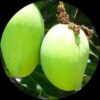

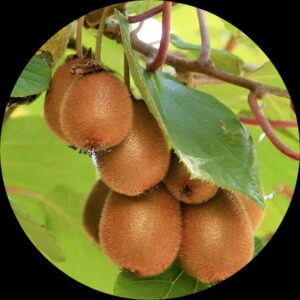
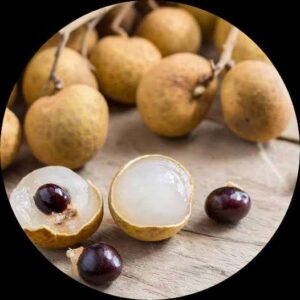
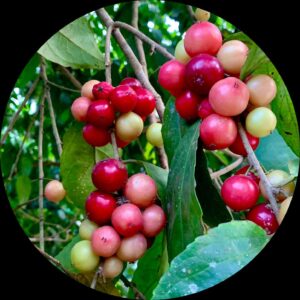
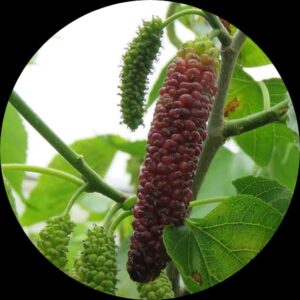

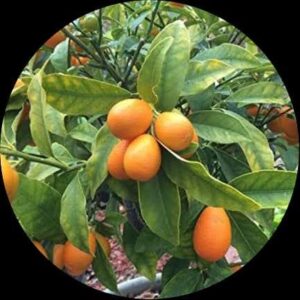

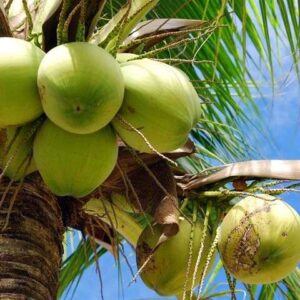
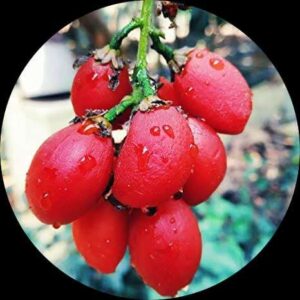
Reviews
There are no reviews yet.